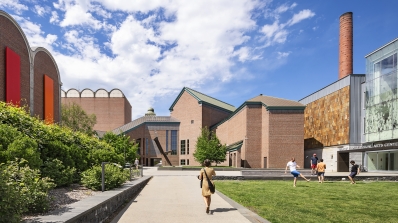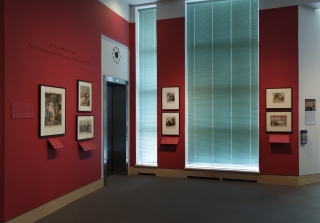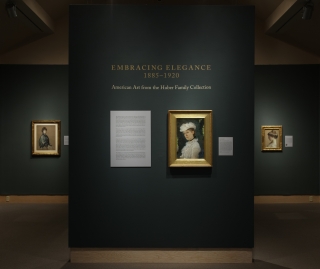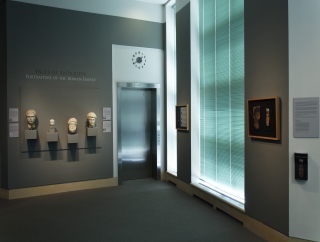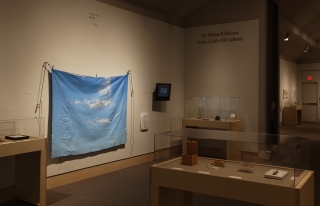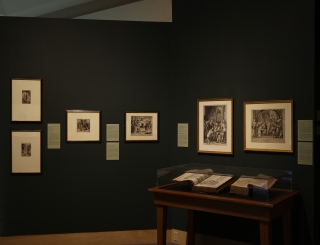Exhibitions Archive
Early Caricature and Self-Parody in France and England
Aggressive ArtAmerican Art from the Huber Family Collection
Embracing Elegance, 1885–1920Portraiture of the Roman Empire
Faces of AntiquityPrints from Dürer to Rembrandt
Envisioning JerusalemMedieval maps typically located Jerusalem at the center of the world, reflecting its fundamental importance as the biblical universal city in both Old and New Testaments. According to Jewish, Christian, and Islamic beliefs, prophets and patriarchs from Abraham to Muhammad are said to have trodden its grounds, and all three monotheistic faiths consider it to be a holy city. Jerusalem has also been the site of religious and political conflicts from the Babylonian era onward, imbuing it with additional sacred and secular significance.
As early as the fourth century, Christian pilgrims traveled to Jerusalem to visit the places associated with the final days of the life of Jesus as they were portrayed in the Gospels—beginning with his triumphal entry and culminating in the Crucifixion. After the invention of the printing press in the fifteenth century, a vast market emerged for descriptions and representations recording such devout journeys. These materials contributed to the dissemination of common impressions of the pilgrimage experience.
Because only a few actual European artists traveled to the Holy Land during the Ottoman occupation in the sixteenth and seventeenth centuries, people relied on imaginary depictions of Jerusalem’s legendary monuments and landscape. Some featured ancient buildings in the background, while others presented more familiar settings inspired by local scenery. In nearly every instance, the surroundings were grand in scale and elaborately rendered.
